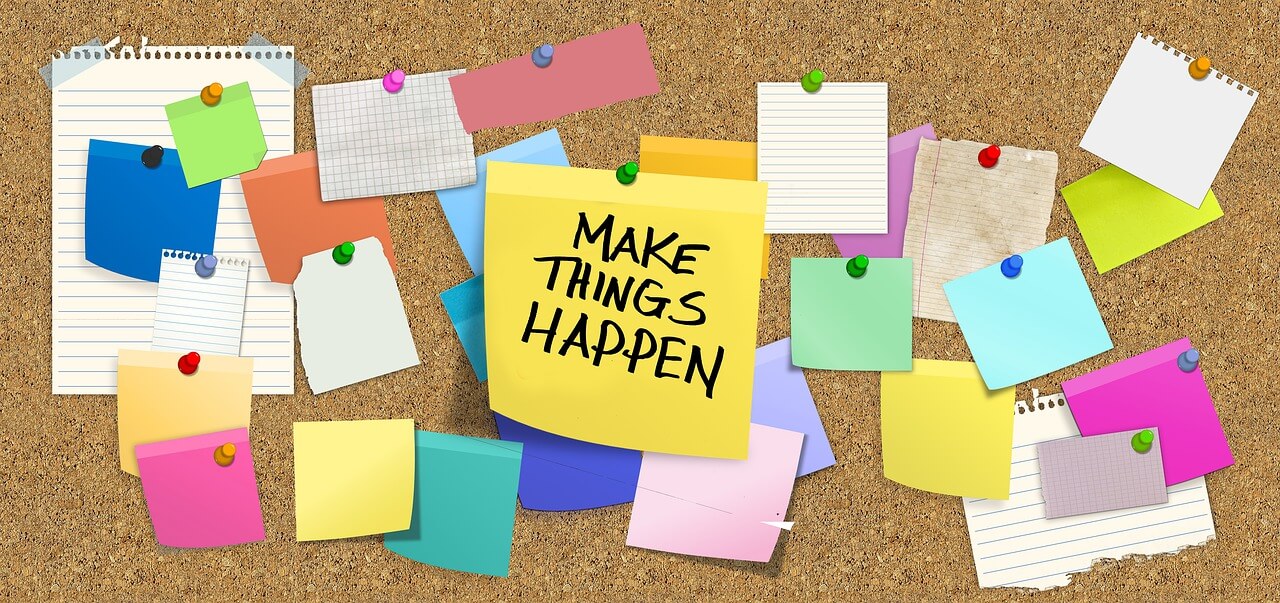When you decide to save money, you have taken the first step towards making a budget. In order to save, you must plan and act wisely by deciding what kind of budget will work best for you This could be done by trying to take into consideration past spending. The most difficult part of budgeting is keeping track of expenditures and making sure that they do not exceed the allocated budget amount.
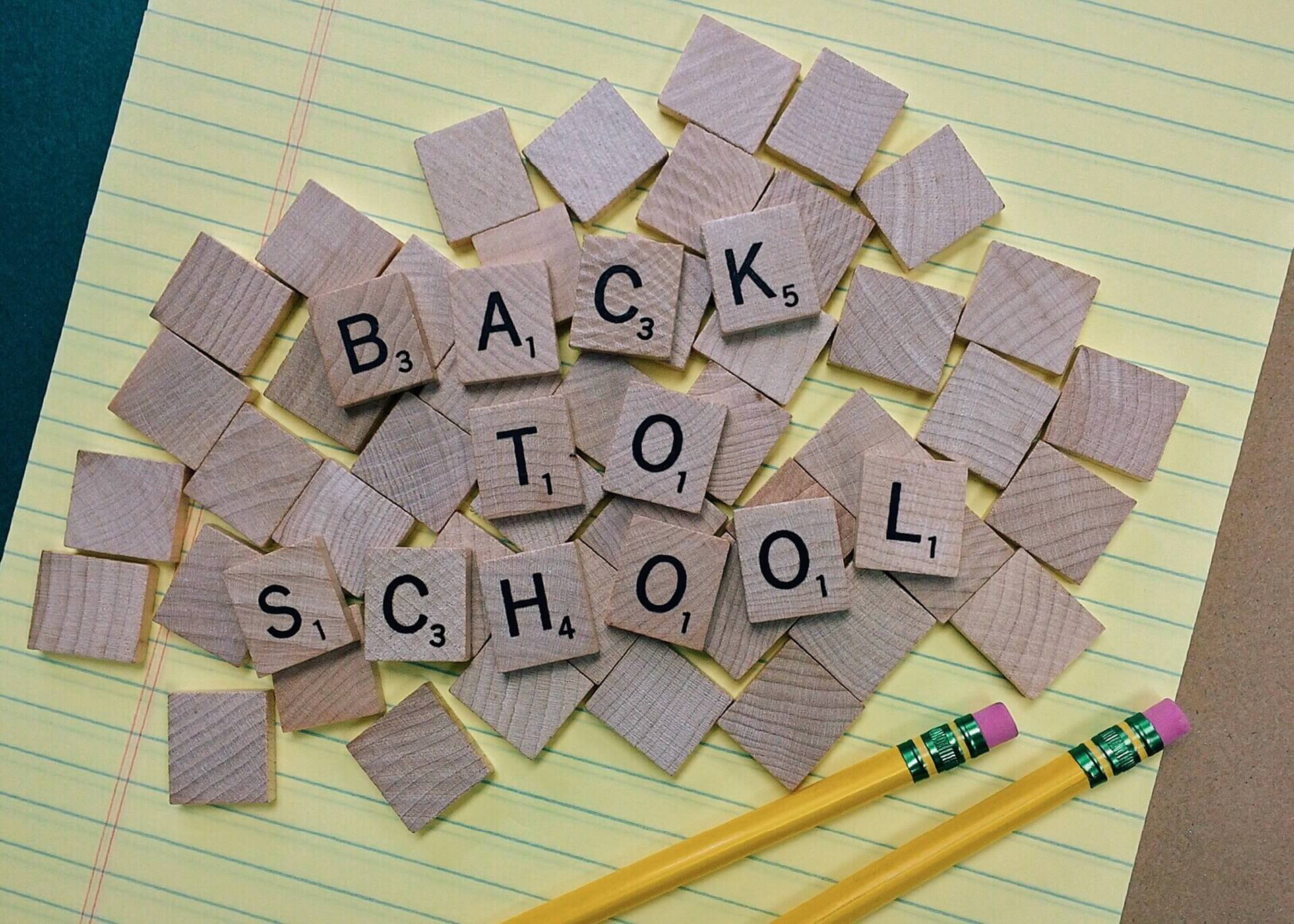
Saving also includes cutting costs when purchasing items indicated on a back-to-school list. The school shopping season starts at the end of August, and probably continues to the first couple of weeks of October. Do you know, that on average, households spend 3.4% of their family expenditure on education? Expenditure on education tends to vary from €941 for a household with a dependent child to €2,462 for a household with three or more children according to the latest Household Budgetary survey issued in 2018 – data based on 2015 figures.
The back-to-school list has become a financial burden for many. Insignificant costs add up quickly so make sure to include in your overall. It is, therefore, advisable to create an emergency fund – a separate savings system you only use for emergencies for ad hoc expenditure such as extra-curricular activities, transport, school activities and outings, private lessons and more. Of course no budget will ever be followed exactly as conditions change during the year and unforeseen things happen.
![]()
keep in mind that though the necessities required by the school varies each year, there are basic supplies that nearly every child needs year after year. Furthermore, with some planning and preparation, you can act wisely, reaping benefits later. So, why buy new stuff when same money can be better utilised or more so, saved? How can you save on a back-to-school list?

You are just right in time to have a look at our tips on how best to save money for this scholastic year, and many more years to come. Whether your child is to start kindergarten, moving from primary to secondary school, or progressing to a higher form, you can with careful planning save on your child/ren’s school expenses.


- First and foremost, ask if scrap books of past years (usually half filled) can be reused. You can clarify with the school via email. It will only take a minute or two.
- Plan ahead of time : Hold off on new uniform and new stationery items. Check what you already have to re-use during the coming scholastic year before shopping.
- Re-use copy book covers, folders, box files, stationery.
- You don’t need to buy another new satchel when last year’s satchel can be used for another year.
- At times, you find it complicated or have limited time to jot down a list of items you can reuse. Never mind. Place stationery that can be reused in a designated cabinet.
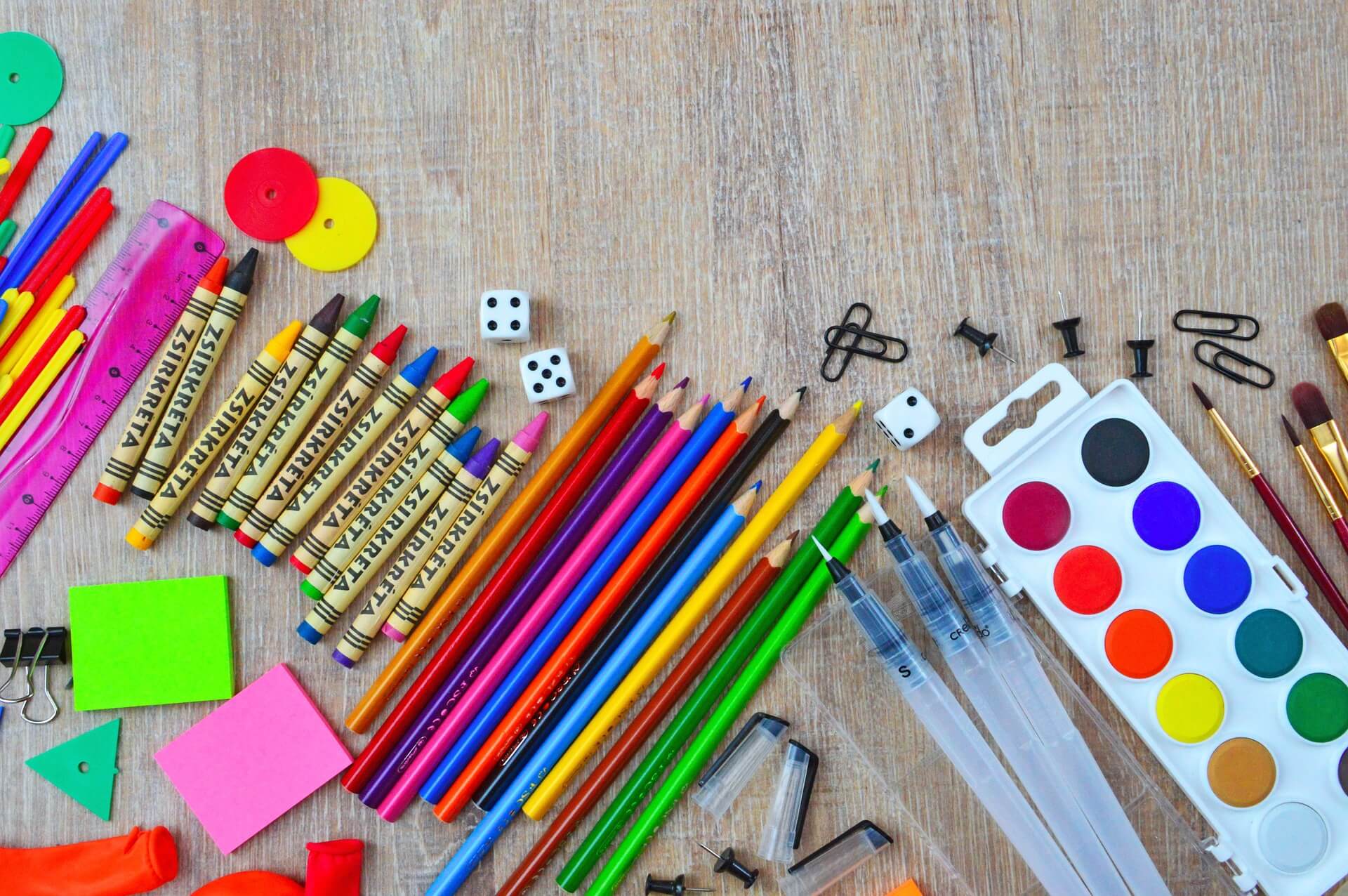
- Spend time in preparing an itemised list of all the necessary stationery to be bought and in checking to see that it is followed.
- Buy in bulk if supplies can be split among children in the family, or with a neighbour or friends.
- Start shopping early to avoid traffic and queues. Combine shopping for school with any other errands.
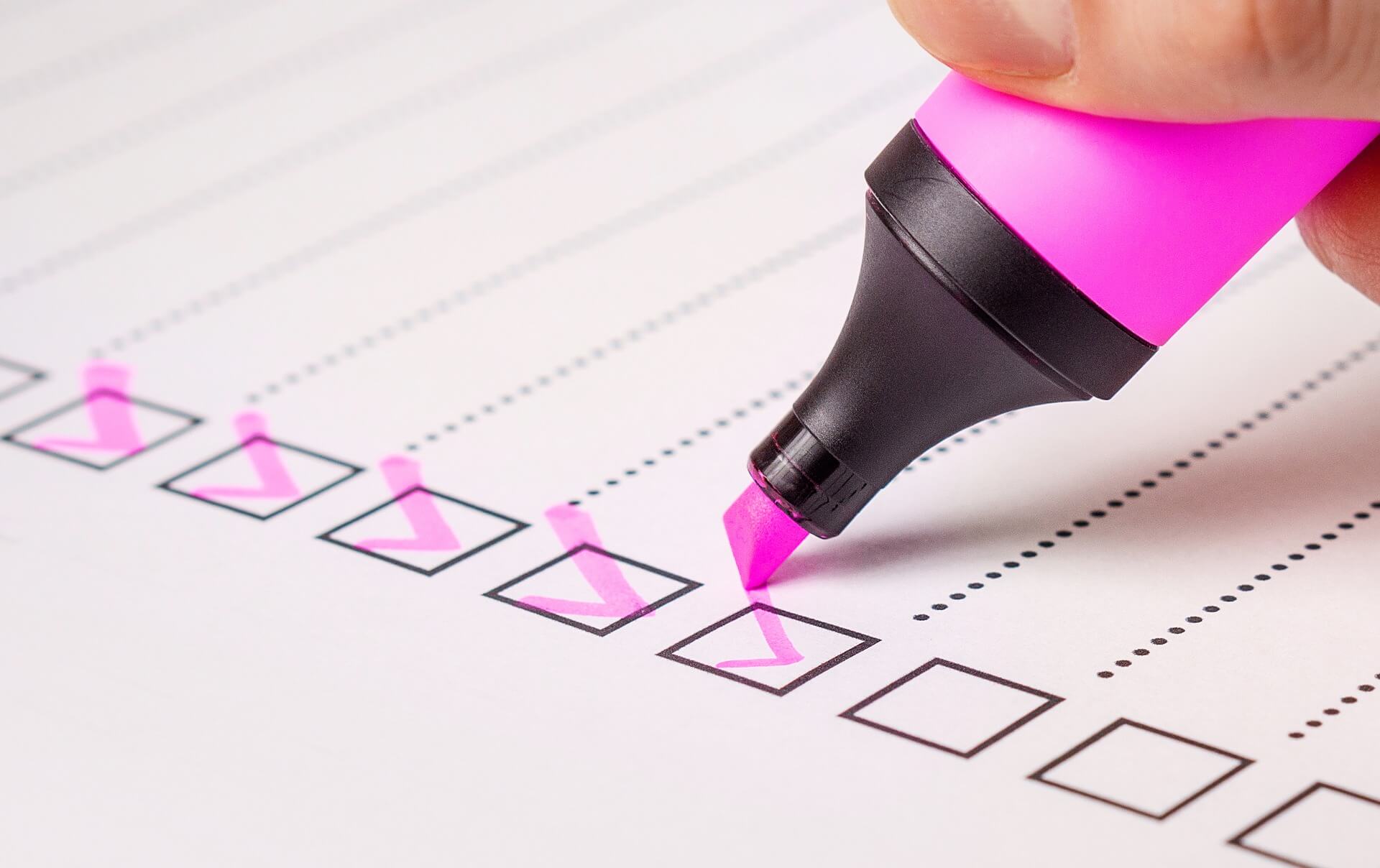
- Check for suppliers of stationery / school uniforms other than retailers.
- If you are purchasing for school supplies online, look out for expedited shipping fees.
- Do not leave the shopping list until the last minute so you can check multiple stores whilst you are out on errands to compare prices and to get the best prices. You have ample time, so you can do it!


- Shop during the end-of-summer sales.
- Take advantage of deals, but again think before you buy and stick to the needy list.
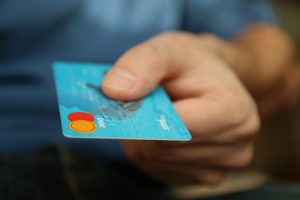
- Do not use the credit card for it enables you to buy things, on the impulse of a moment.
- With regards to school uniform, buy the essentials. It is useless buying a uniform for every day of the week. It is useless buying a new blazer if it is used once in a while. Go for a second hand one instead.
- Buy uniforms one size bigger or two. Children grow up so fast. Remember that you can always decrease the waists, take up the hems of trousers and bring them down again when needed.
Do not forget our budget presentation and our downloadable budget calculator that gives a useful insight of what you are spending and what you are saving. Keep a budget – and manage it! Spend time in preparing a realistic budget containing well-defined goals that are attainable.

Create an emergency fund – a separate budget that you only use for emergencies – those troublesome days when the gyser suddenly goes, or something unexpected breaks down in your car.
Sticking to a budget is easy: it involves commitment and determination. Acquire the discipline for putting together a budget and managing it is one of the single-most important habits to keep if you want to manage your money well.
